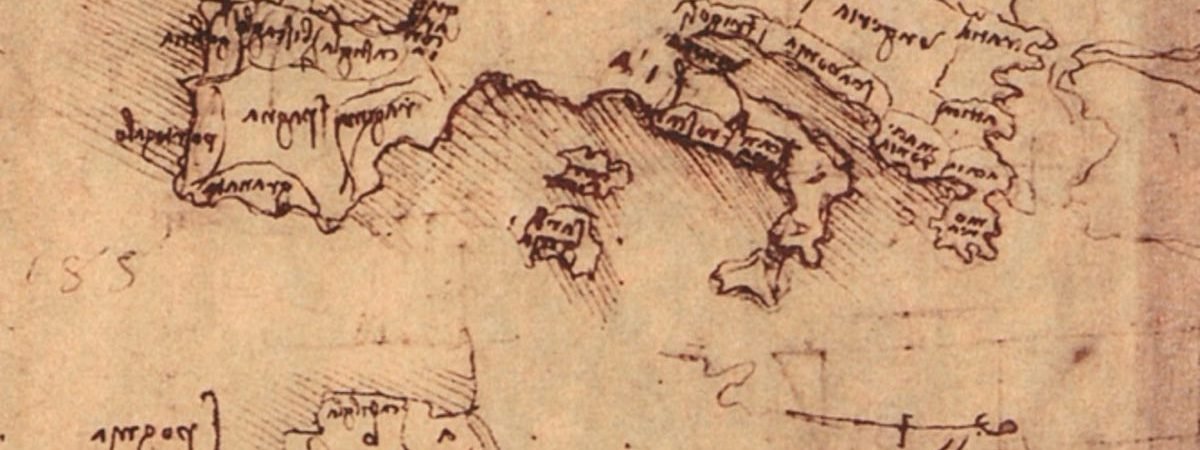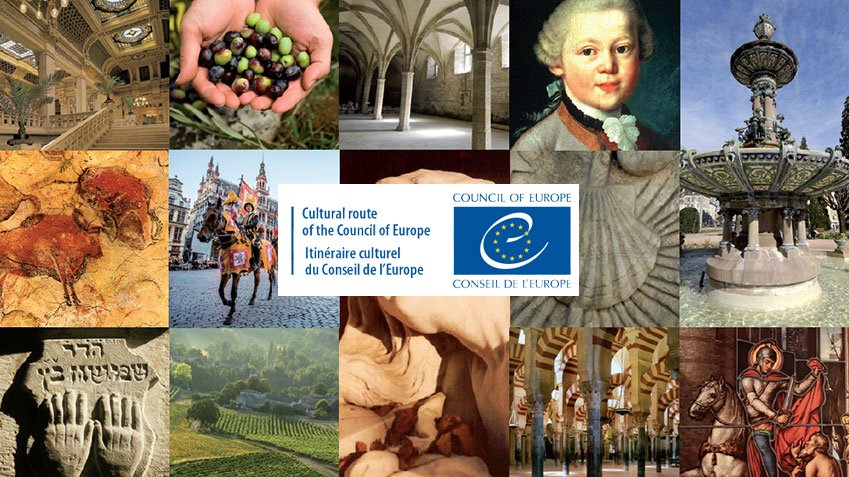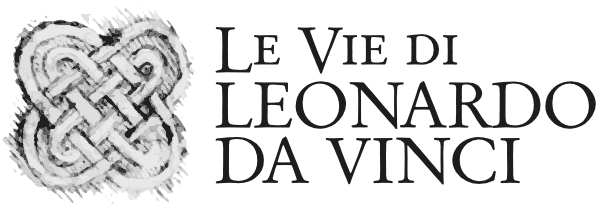Cultural Itineraries of the Council of Europe

By Cultural Itinerary of the Council of Europe we mean “a path that crosses one or more countries or regions, and which is organized around themes of historical, artistic or social European interest, both because of the geographical route of the itinerary and in the function of its content and its meaning”.“
The European Cultural Routes recognized by the Council of Europe are currently 45 and are an invitation to travel and discover the rich and varied heritage of Europe. They bring together places and people in networks of shared history and heritage, to concretize the values of the Council of Europe (human rights, cultural diversity, intercultural dialogue and mutual exchanges). They offer a wide range of educational and recreational activities for all European citizens and represent a key resource for responsible tourism and sustainable development. There are many themes in the itineraries: from architecture and landscape to religious itineraries, from gastronomy and intangible heritage to the main figures of European art, music and literature.
The “Le Vie di Leonardo Da Vinci” itinerary intends to strengthen the European cultural heritage, promoting human rights, cultural diversity, dialogue and intercultural exchanges around the figure of the universal Genius.

The certification of “Cultural Route of the Council of Europe” is a guarantee of excellence. The networks are required to implement innovative activities and projects relating to five main priority fields of action:
- Cooperation in the field of research and development
- Improvement of knowledge and dissemination of the European memory, history and heritage
- Cultural and school exchange for young Europeans
- Contemporary cultural and artistic practice
- Cultural tourism and sustainable cultural development
Through this program, the Council of Europe offers a model for the transnational management of culture and tourism and allows the development of synergies between national, regional and local authorities and a wide range of associations and socio-economic actors.
The first itinerary included in the Program was “The Camino de Santiago de Compostela”, which was subsequently expanded into the set of “Pilgrimage Routes in Europe” which also includes the “Via Francigena”.
European Institute of Cultural Routes
Abbazia di Neumünster, Bâtiment Robert Bruch
28, rue Münster, L-2160 Lussemburgo (Granducato di Lussemburgo)
Tel: +352 24 12 50 – culturalroutes@coe.int
www.coe.int/en/web/cultural-routes – blog.culture-routes.net
